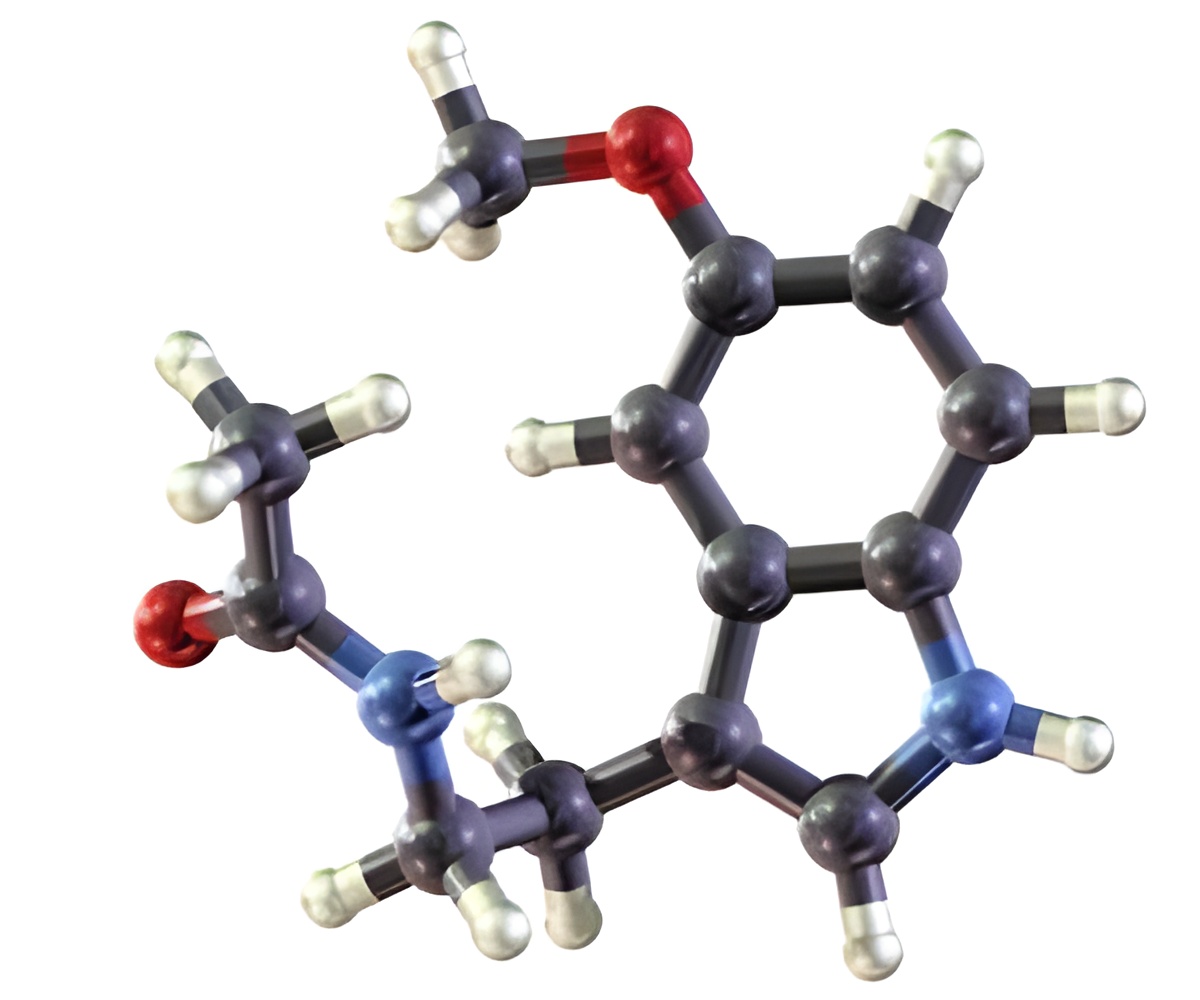The commonly used insecticides increase risk of metabolic disorders by targeting melatonin receptors and disrupting the signaling pathway.

- Commonly used household insecticides and garden products can interact with melatonin receptors.
- This interaction can disrupt melatonin signaling and alter important regulatory processes in the body by affecting the circadian rhythm.
- Disruption of the circadian rhythm increases risk of metabolic disorders like diabetes.
"This is the first report demonstrating how environmental chemicals found in household products interact with human melatonin receptors," said Margarita L. Dubocovich, PhD, senior author on the paper and SUNY Distinguished Professor in the Department of Pharmacology and Toxicology.
"No one was thinking that the melatonin system was affected by these compounds, but that’s what our research shows," she said.
Melatonin
Melatonin, also referred to as the ’master hormone’ plays a vital role in carrying out several body functions.
Melatonin, chemically N-acetyl-5 methoxytryptamine, is a derivative of serotonin and is a naturally-occurring hormone.
Melatonin is responsible for ‘timing’ this clock in response to external cues like darkness and light. The absence of light stimulates the pineal production of melatonin, while its presence suppresses it.
It has been used in recent times to treat several disorders and health conditions.
From the millions of chemicals that contain some level of toxicity, researchers identified hundreds of thousands of compounds that had readily available chemical structures to be studied on.
After the chemicals were grouped in clusters according to their similarity, several chemicals with functional groups similar to melatonin were identified.
The researchers focused on two chemicals:
- Carbaryl, the third most widely used insecticide in the U.S. but which is illegal in several countries
- Carbofuran, the most toxic carbamate insecticide, which has been banned for applications on food crops for human consumption since 2009.
The researchers found that both insecticides are structurally similar to melatonin and that both showed affinity for the melatonin, MT2 receptors.
"That means that exposure to them could put people at higher risk for diabetes and also affect sleeping patterns." said Marina Popevska-Gorevski, co-author.
By binding to these melatonin receptors in the brain and peripheral tissues, these chemicals can affect the signaling pathway and disrupt key physiological processes causing misaligned circadian rhythms, sleep patterns, and altered metabolic functions increasing the risk for chronic diseases such as diabetes and metabolic disorders.
The risk for developing diabetes becomes higher if the fine balance between the release of insulin and glucose in the pancreas becomes disrupted over a long period pf time.
"Our approach seamlessly integrates the screening of environmental chemicals through computer simulation, in vitro and in vivo techniques to gauge the risk these chemicals present for various disease end points," explained Raj Rajnarayanan, PhD, lead author and assistant professor of pharmacology and toxicology at UB.
The results suggest that there is a need to assess environmental chemicals for their ability to disrupt circadian activity, something which is not currently being considered by federal regulators.
With the help of a rapid bioassay that is being developed by researchers, the assessment of the environmental chemicals for this kind of activity can be conducted.
The research was funded by a grant from the National Institute of Environmental Health Sciences, part of the National Institutes of Health and it is published online in Chemical Research in Toxicology.
Reference
- Margarita L. Dubocovich et al. Carbamate Insecticides Target Human Melatonin Receptors. Chemical Research in Toxicology ; (2017) DOI: 10.1021/acs.chemrestox.6b00301
- Melatonin – Understanding the Sleep Hormone - (https://www.medindia.net/patients/patientinfo/Melatonin.htm)
Source-Medindia















